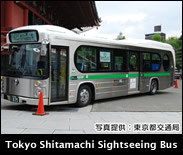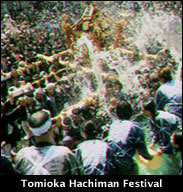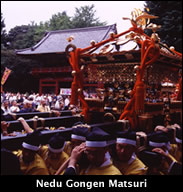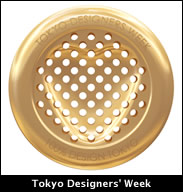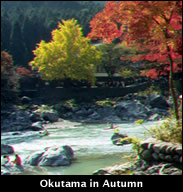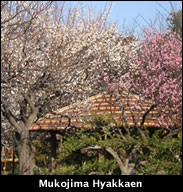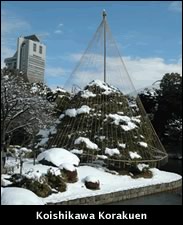
- News & Announcements
- Featured Event - Tokyo Designers' Week
- Event Information
- Featured Theme: NATURE
- Online Resources
|
Tokyo Shitamachi Sightseeing Bus JR EAST Online Reservation System Launched Tsukiji Foreign Language Menus Observation Deck in the Heart of Tokyo - Roppongi Hills Sky Deck * Tokyo Tourism Web Renewal |
|
|
* The event information below has been collected for three to six months from now to better facilitate tour planning. Tokyo Bay Grand Fireworks Festival Asakusa Samba Carnival The September Basho (Sumo Wrestling) Nedu Gongen Matsuri |
|
|
October 31 to November 4 |
|
Japan has four distinct seasons which influence many aspects of Japanese life and culture: cuisine, architecture and art, and even business practices. In the upcoming e-Tokyo Today newsletters we will highlight the best ways to make the most of each season in Tokyo. Mt. Takao Okutama
Looking for other options for Autumn leaf viewing? Japanese Gardens in Winter Mukojima Hyakkaen Winter time features an array of Japanese Ume apricots, Amur adonis, Reineckea carnea, Cerasus cv. Kobuku-zakura, and Lamium amplexicaule (Henbit Deadnettle, Greater Henbit). Koishikawa Korakuen Opened to the public in 1938, Koishikawa Korakuen is over 70, 000 square metres over which range close to 22,000 trees. Visitors can also enjoy the garden's rice paddies, inner gardens and Edo era structures. Winter sees the Japanese maple and Japanese apricots in seasonal glory while garden events include the Ume Blossom Festival and placing snow support ropes on the pines. |
|
|
Below is a list of online translation tools to make your Japan-related web research easier. |
To access the previous edition of e-Tokyo Today and our printed newsletter, Tokyo Today, Issued by: Tourism Division, Bureau of Industrial and Labor Affairs, Tokyo Metropolitan Government |
